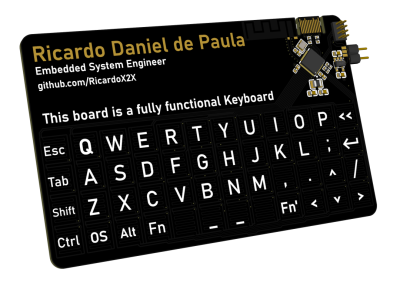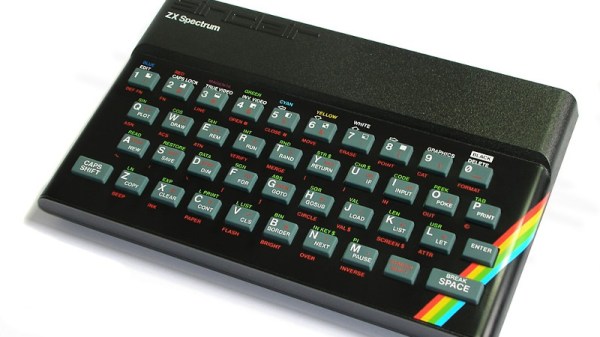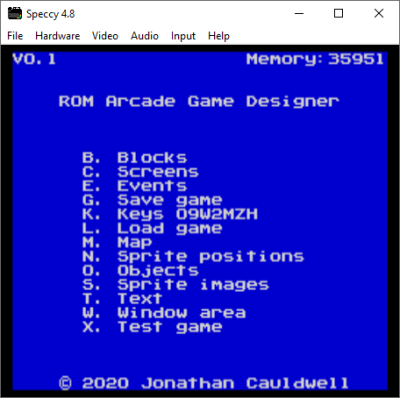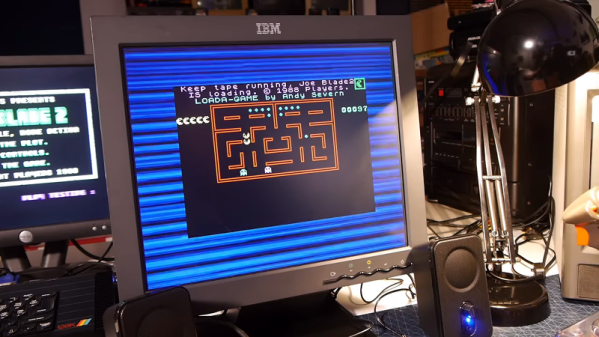The BASIC language may be considered old-hat here in 2025, and the days when a computer came as a matter of course with a BASIC interpreter are far behind us, but it can still provide many hours of challenge and fun. Even with our love of all things 8-bit, though, we’re still somewhat blown away by [Matthew Begg]’s BASIC interpreter written in 10 lines of BASIC. It’s an entry in the BASIC 10-liner competition, and it’s written to run on a Sinclair ZX Spectrum.
The listing can be viewed as a PNG file on the linked page. It is enough to cause even the most seasoned retrocomputer enthusiasts a headache because, as you might expect, it pushes the limits of the language and the Sinclair interpreter. It implements Tiny Basic as a subset of the more full-featured BASICs, and he’s the first to admit it’s not fast by any means. He gives a line-by-line explanation, and yes, it’s about as far away from the simple Frogger clones we remember bashing in on our Sinclairs as it’s possible to get.
We love it that there are still boundaries to be pushed, even on machines over four decades old, and especially that this one exceeds what we thought was a pretty good knowledge of Sinclair BASIC. Does this language still have a place in the world? We always look forward to the BASIC 10-liner competition.
Header: background by Bill Bertram, CC BY-SA 2.5.

















